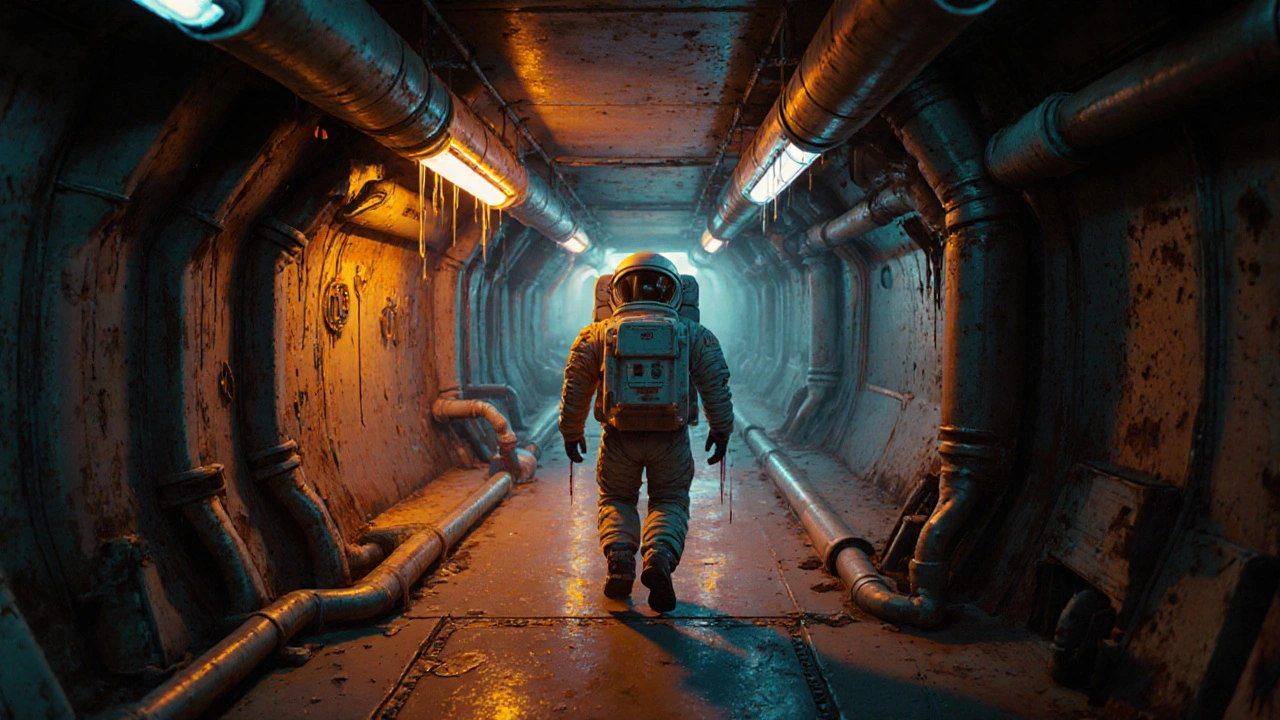Film World-Building: How Movies Create Immersive Worlds That Stick With You
When we talk about film world-building, the process of crafting a believable, detailed universe within a movie. It’s not just about sets and costumes—it’s about rules, history, culture, and even the way light falls in a scene. Also known as cinematic world-building, it’s what makes you forget you’re watching a movie and start believing in dragons, alien cities, or a world where everyone wears pink. Think of The Lord of the Rings, a fantasy universe built with languages, maps, and centuries of lore. Or Studio Ghibli’s films, where nature has a soul and flight isn’t magic—it’s freedom. These aren’t just backdrops. They’re characters.
Great film world-building doesn’t shout. It whispers. A rusted sign in a post-apocalyptic wasteland tells you more than a monologue ever could. The way people speak in a sci-fi colony—slang, accents, pauses—hints at generations of isolation. Sound design, color palettes, even the texture of a door handle can anchor a world in your mind. That’s why post-apocalyptic films, like The Last of Us or Mad Max feel so real: they don’t just show destruction, they show what’s left behind—the rituals, the scavenged clothes, the songs people still sing. And it’s not just about big epics. Even quiet films like Agnès Varda’s work build worlds through intimacy: a kitchen, a beach, a photo album become entire emotional landscapes.
What makes these worlds stick? It’s consistency. If gravity works differently in one scene, you’re pulled out. If the rules of magic change for drama, you lose trust. The best world-builders don’t dump info—they let you discover it, like finding a hidden note in a drawer. You learn the rules by watching how people live, not by hearing a lecture. That’s why film semiotics, the study of visual and sound symbols in cinema matters so much. A red coat in a gray world isn’t just fashion—it’s a signal. A recurring sound, like a distant train whistle, isn’t background noise—it’s memory.
What you’ll find below isn’t a textbook. It’s a collection of real, sharp takes from people who’ve watched these worlds unfold—how they’re made, why they work, and what they say about us. From the silent precision of David Fincher’s cold futures to the hand-drawn magic of Miyazaki’s skies, these posts break down the invisible architecture behind the stories you love. You won’t just see movies differently. You’ll feel them deeper.
Ridley Scott’s films aren’t just stories - they’re immersive worlds built with practical sets, real light, and obsessive detail. From Alien to Napoleon, his design mastery redefined cinema.
View More

